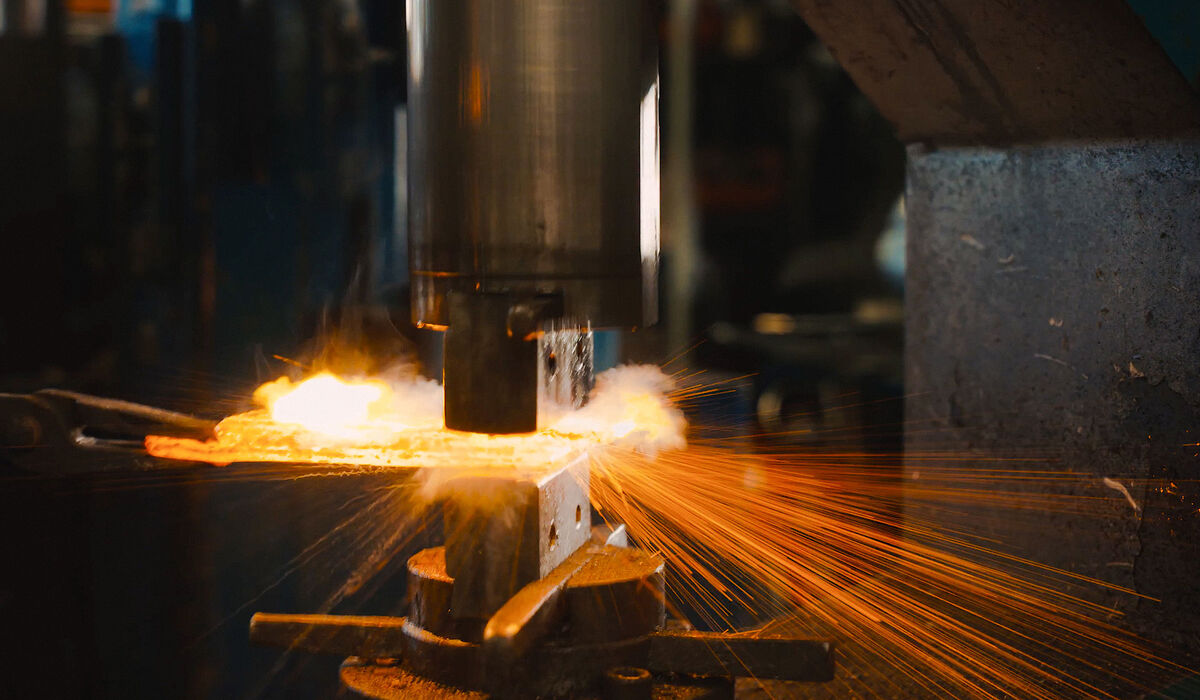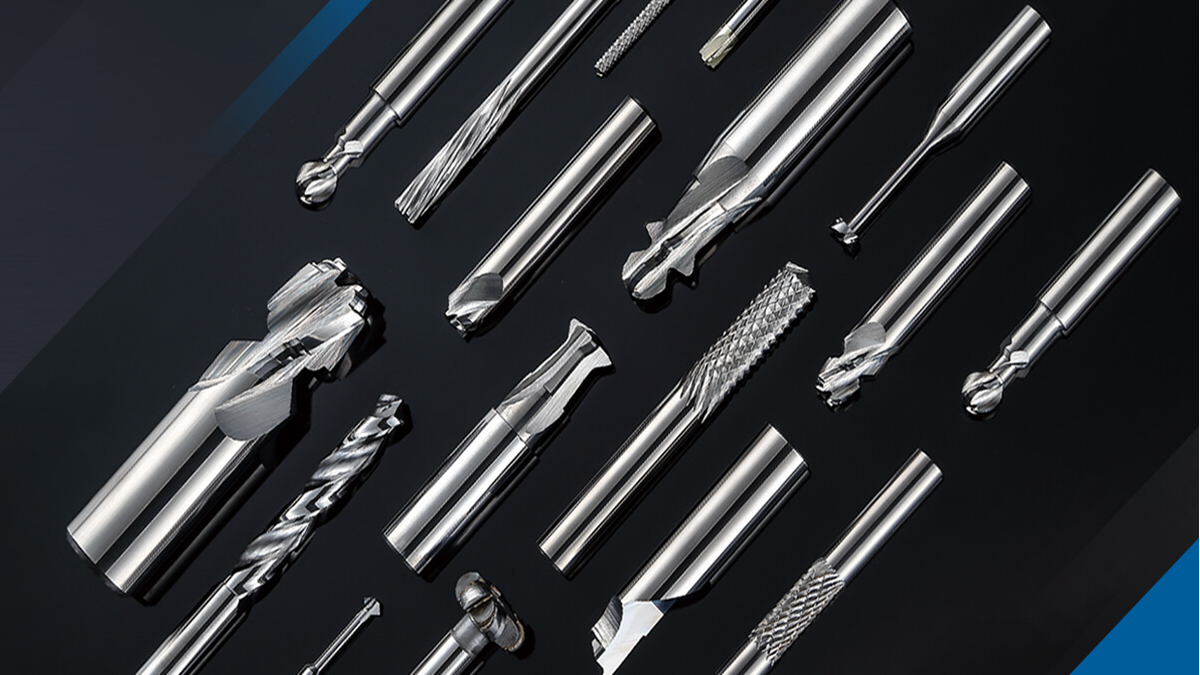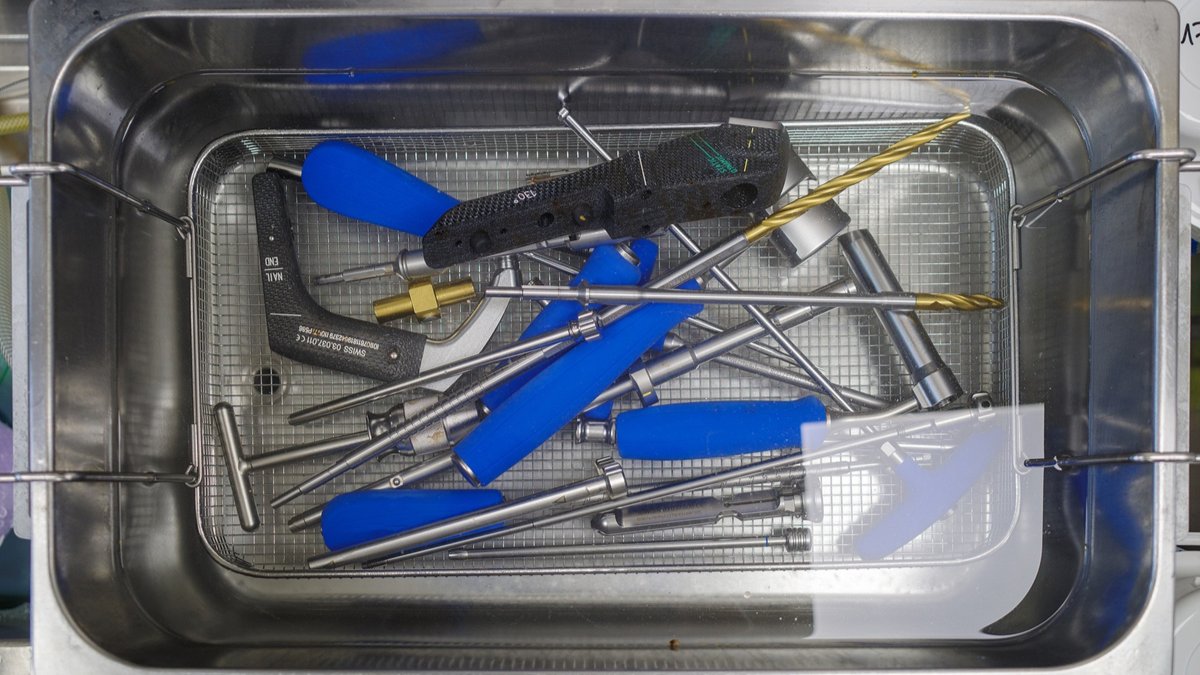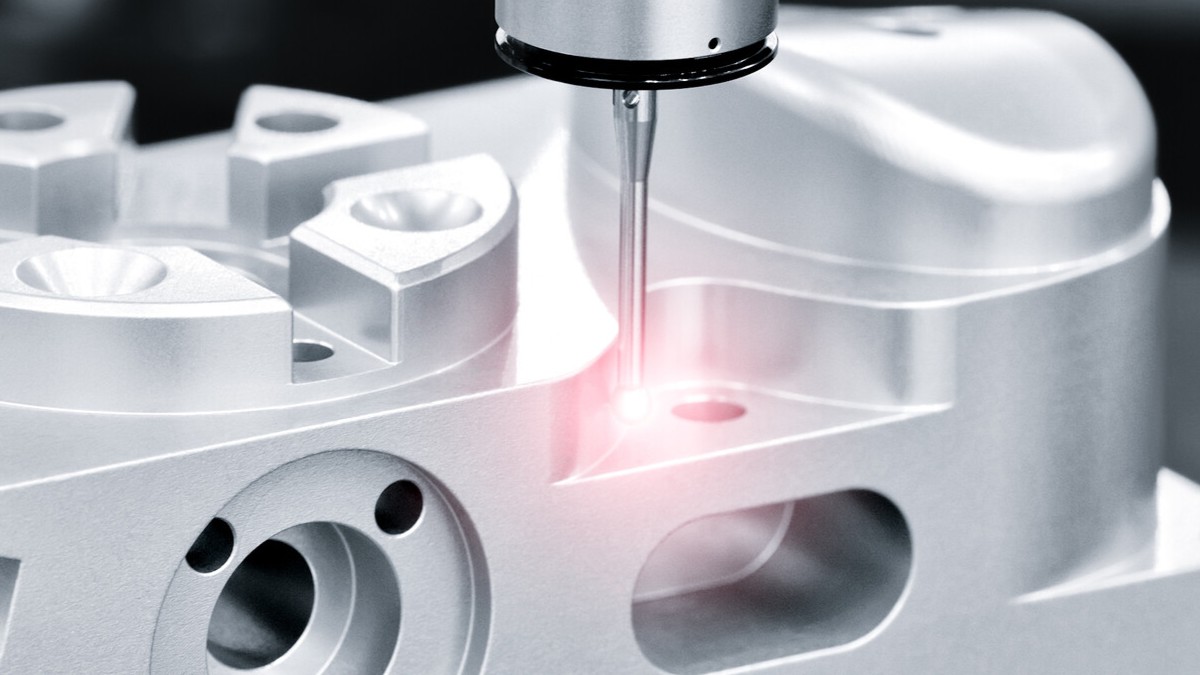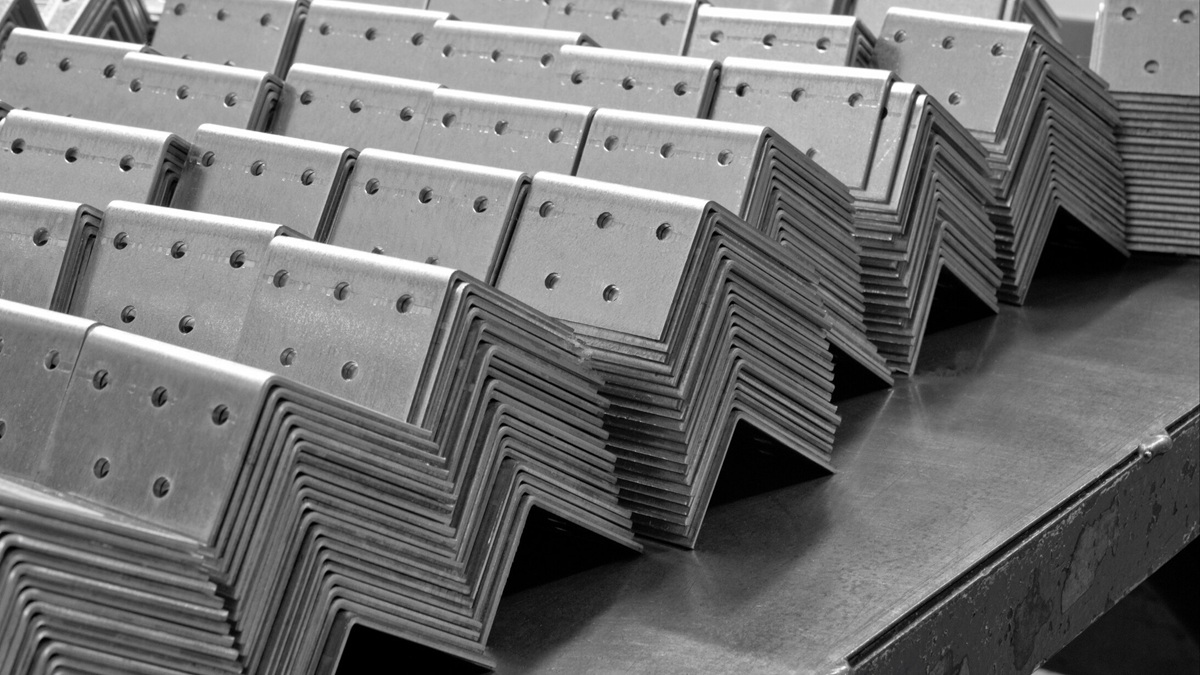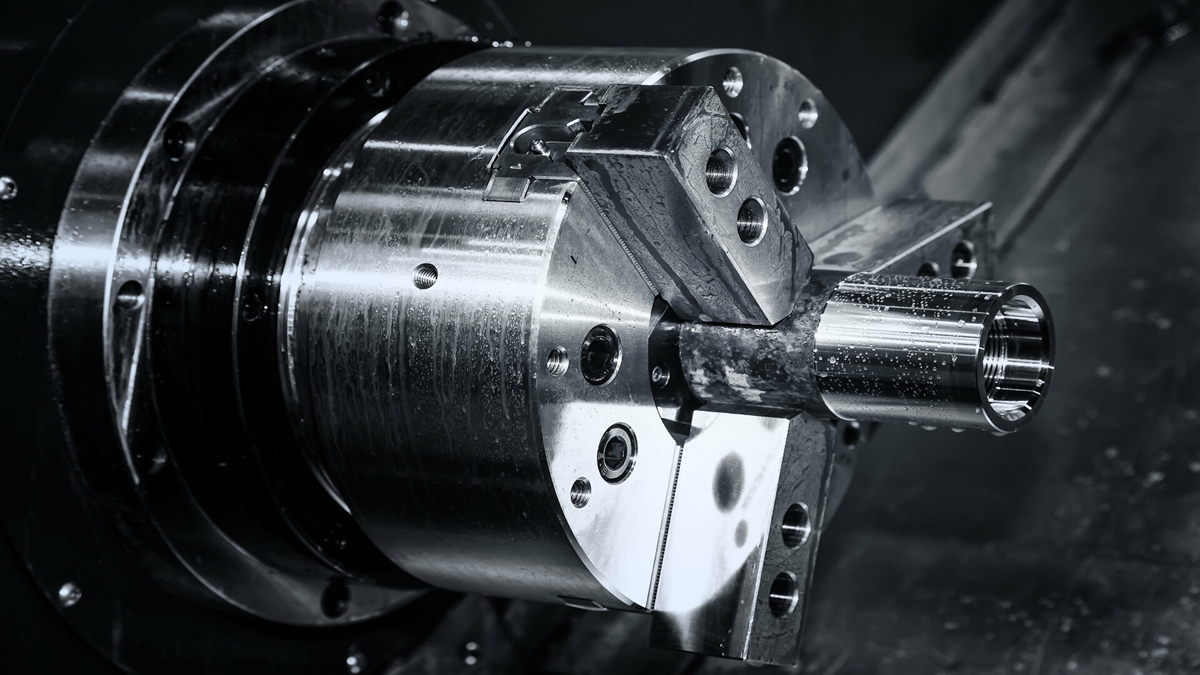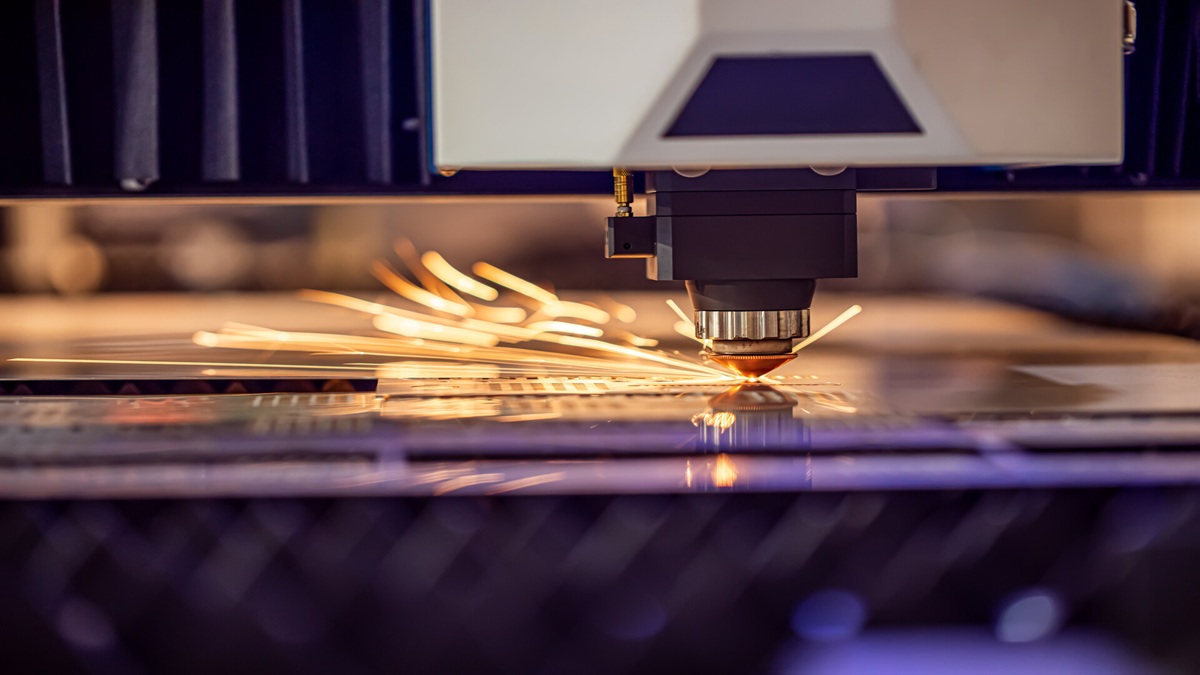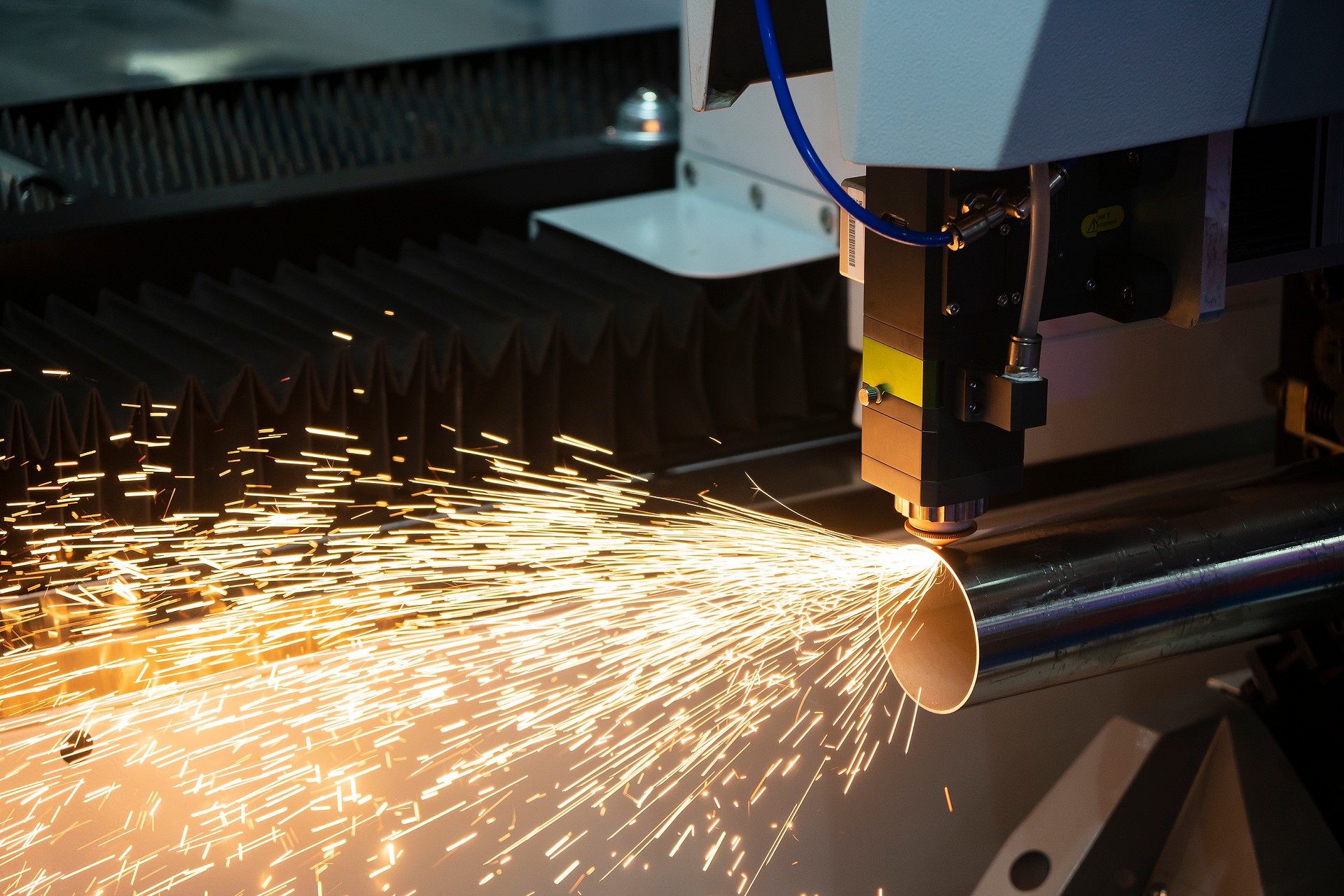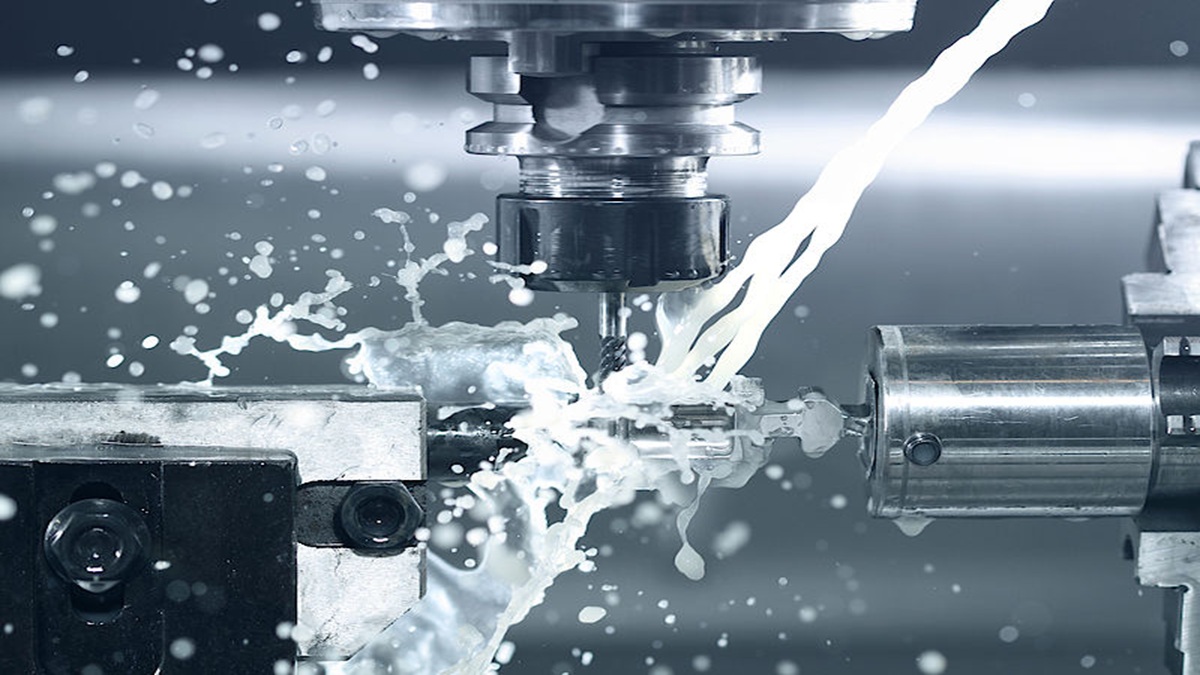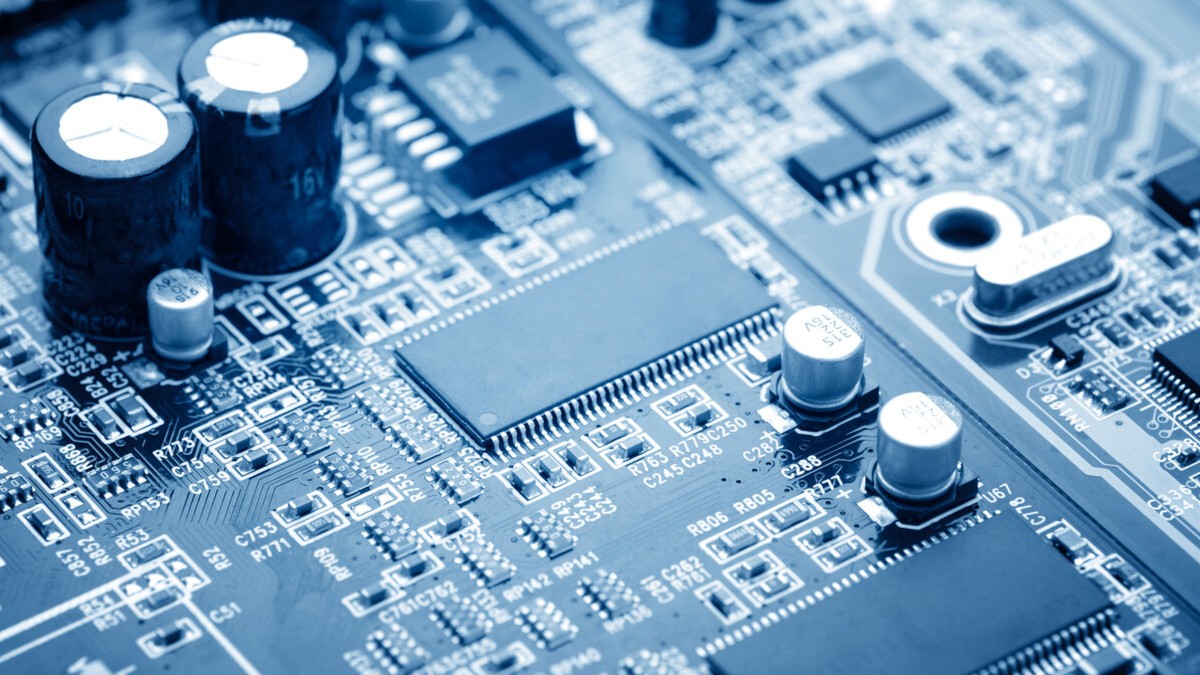In CNC machining, cutting tool coatings are a critical yet “invisible” factor in boosting production efficiency and reducing costs. Although coating thickness is only a few microns, it significantly enhances tool hardness and wear resistance, optimizes heat dissipation, and improves cutting speed and machining accuracy. From classic Titanium Nitride (TiN) to advanced Diamond-Like Carbon (DLC) coatings, different coating materials not only offer varying hardness and heat resistance but also affect tool lifespan and machining adaptability.
Core Functions of Coatings
Wear Protection: Higher hardness and better wear resistance withstand higher cutting loads and speeds, improving production efficiency by 20% to 70%, raising machining accuracy by 0.5 to 1 grade, and reducing processing errors.
Thermal Insulation: Reduces direct heat transfer to the tool substrate, preventing annealing softening. Provides a low thermal conductivity layer that enhances heat resistance and dissipation.
Reduced Friction Coefficient: Improves cutting smoothness, lowers cutting forces and energy consumption, reducing tool wear costs by 20% to 50% and extending tool life.
Chemical Corrosion Resistance: Delays tool failure caused by oxidation or chemical reactions at high temperatures.
Performance Differences Explained
Wear Resistance
TiN hardness is approximately 2000–2500 HV, suitable for general machining, especially at low to medium speeds, but wears faster at high-speed cutting with a relatively shorter tool life.
TiAlN hardness exceeds 3000 HV, offering excellent wear resistance. At high temperatures, it forms an aluminum oxide (Al₂O₃) protective layer, significantly enhancing thermal stability and tool life. It is ideal for high-temperature, high-speed cutting and dry machining. TiAlN exhibits multiple times longer cutting life than TiN when machining hard materials.
DLC (Diamond-Like Carbon) boasts very high hardness and excellent wear resistance, particularly suited for low-temperature, high-speed cutting of non-ferrous and difficult-to-machine materials. However, DLC has poor heat resistance and degrades above 350°C, making it unsuitable for prolonged machining of high-temperature materials.
Heat Dissipation and Thermal Resistance
TiAlN offers the best heat resistance, tolerating temperatures above 800°C, suitable for high-speed cutting and dry machining. The aluminum oxide layer formed under high temperature helps insulation and wear resistance.
TiN remains relatively stable under moderate temperatures but degrades under sustained high-temperature conditions, limiting its use in continuous high-temp machining.
DLC has low heat resistance and is unsuitable for prolonged high-temp cutting but its low friction reduces heat generation, making it ideal for machining low-temperature materials like aluminum alloys.
Cutting Efficiency and Surface Quality
DLC’s low friction coefficient (~0.1–0.15) greatly reduces cutting resistance and achieves smoother surface finishes, especially suited for applications demanding high surface quality.
TiAlN performs efficiently in high-speed machining of hard materials but often requires additional grinding to achieve a fine, smooth surface.
TiN performs steadily in low to medium speed cutting but can become a bottleneck in high-efficiency production environments, limiting cutting speed and efficiency.
Application Recommendations
High-Volume Steel Machining → TiAlN Coating
TiAlN’s superior high-temperature resistance (tolerating ~800°C+) allows it to form a protective aluminum oxide layer under high-speed, high-temperature conditions, significantly extending tool life and reducing frequent tool changes. It is ideal for long-duration, high-volume steel and hard alloy machining, improving production stability and efficiency.
Aluminum and Copper Machining → DLC Coating
DLC’s extremely low friction coefficient (~0.1–0.15) effectively lowers cutting resistance and prevents chip adhesion, greatly enhancing surface finish quality. It is well suited for low-temperature, high-speed machining of soft metals such as aluminum and copper, achieving excellent machining quality and efficiency.
Multi-Purpose Mixed Machining and Small-to-Medium Batch Production → TiN Coating
TiN’s versatility and cost-effectiveness make it suitable for machining various materials, including steel, aluminum, and plastics at low to medium speeds. Particularly in small to medium batch production or mixed workpiece scenarios, TiN tools offer balanced performance and cost efficiency, making it a reliable default coating choice.
Conclusion
Cutting tool coatings are not a “one-size-fits-all” solution but require careful selection and matching based on the characteristics of the workpiece material (e.g., hardness, thermal conductivity), cutting method (dry cutting, wet cutting, high-speed cutting), as well as production pace and batch size. Understanding the key performance differences of coatings such as TiN, TiAlN, and DLC in wear resistance, heat resistance, friction coefficient, and compatible materials—and integrating these with actual machining conditions—enables scientific tooling strategies that maximize productivity and return on investment.

-L-1119927341.jpg)
